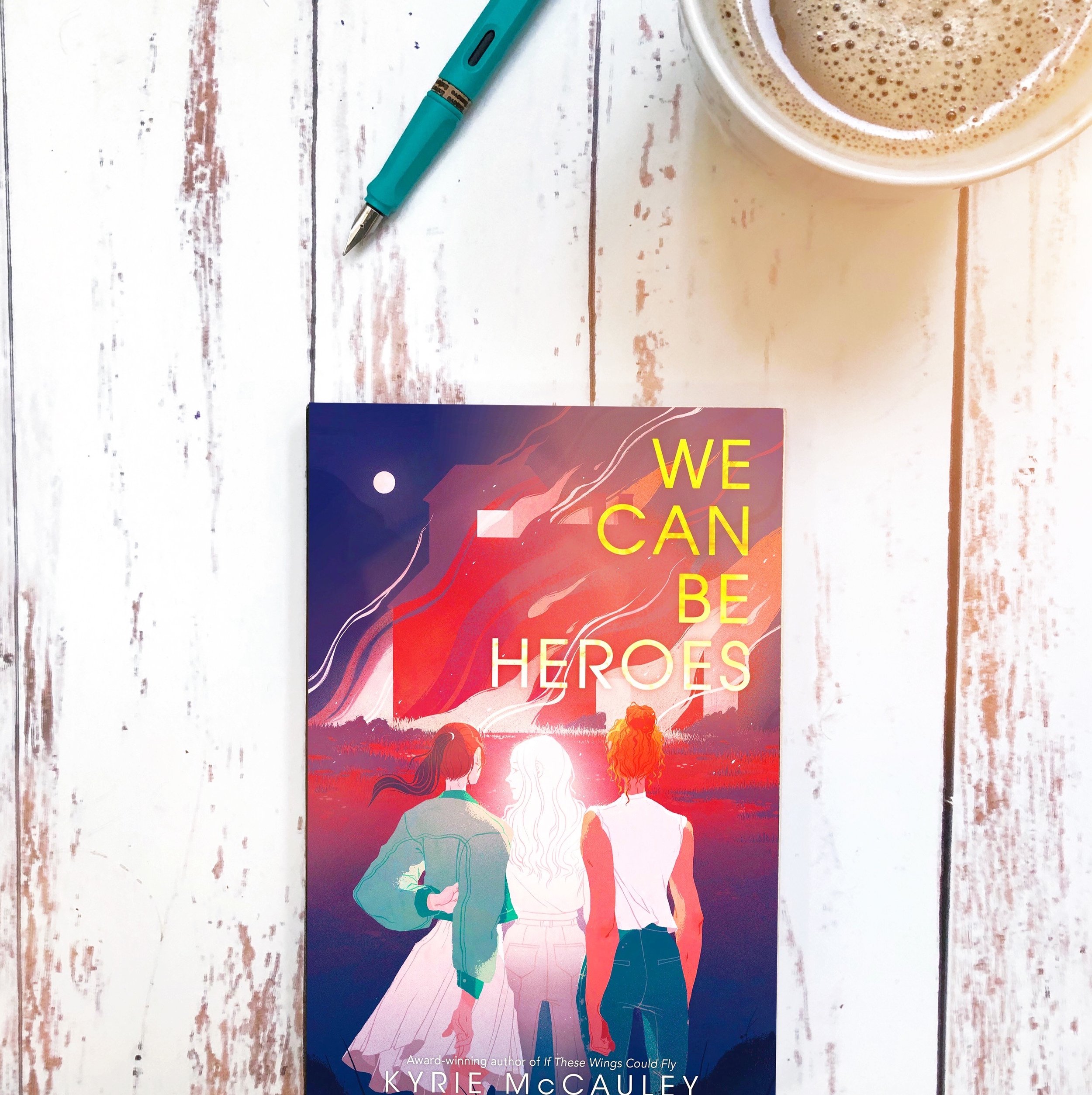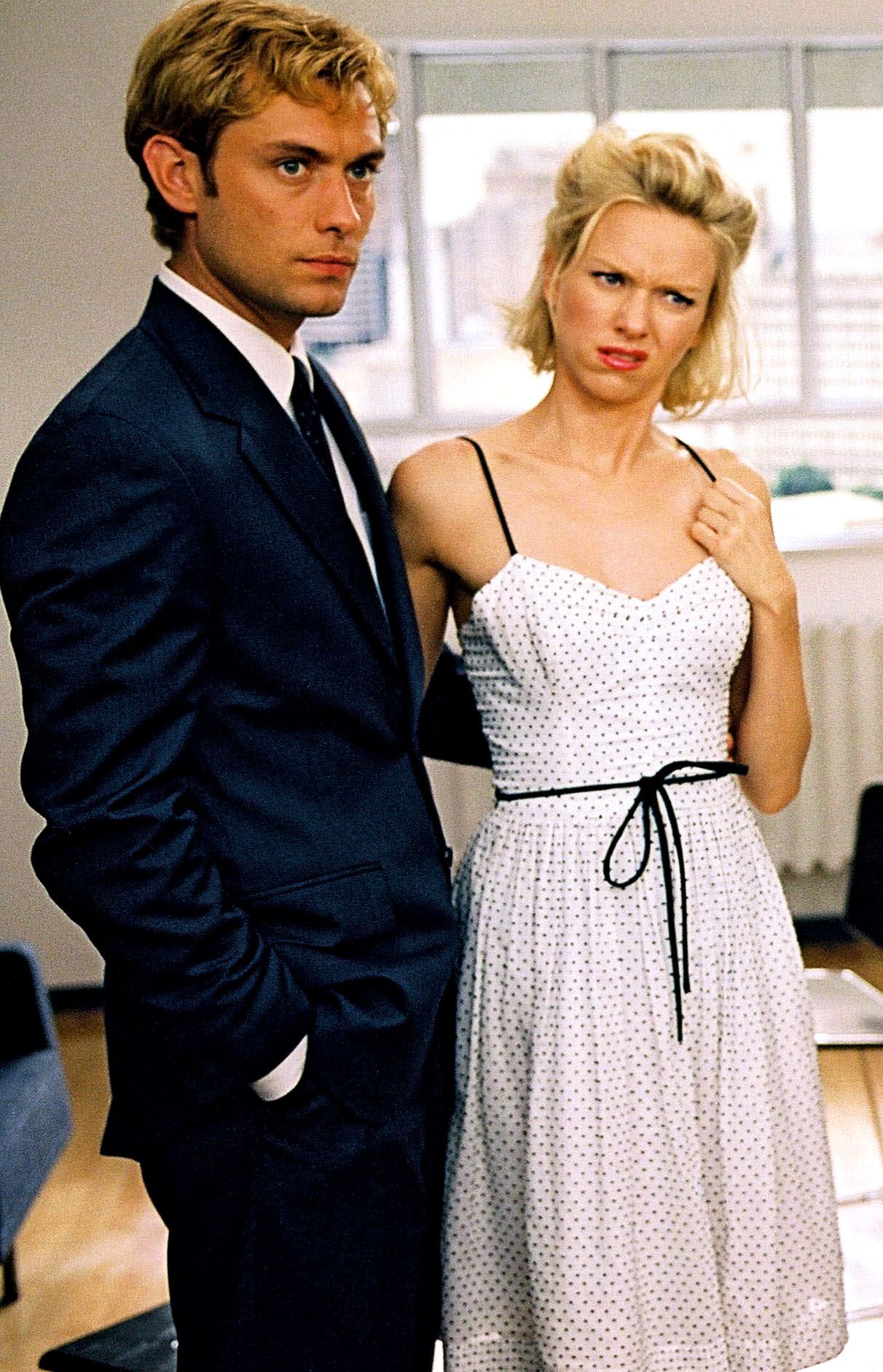The Benefits of the Narrative Bibliography
When it comes to bibliographies, it’s not about the formatting — it’s about learning how to use and evaluate sources in your academic writing.
Anyone who knows me knows that I have strong feelings about formatting bibliographies. (I may have gone a little nuts texting people in 2016 when the MLA 8th edition was introduced — but only because that kind of simplification was LONG OVERDUE!) So it may surprise you that the first thing I teach my kids about writing bibliographies is not correct formatting but critical thinking. I grade bibliographies based on how well they explain what information they got from different sources and why they used those sources, and I wait until well into high school to fuss with proper citation punctuation.
That’s because the point of a bibliography isn’t to format a list to attach to the end of a paper. Emphasizing formatting over content here can make it seem like the point of research is to make a “works cited” page, not to use books, websites, and other materials to actually learn more about the topic you’re exploring. A narrative, bibliography, on the other hand, asks your student to make the research their priority.
What does that look like? For starters, a narrative bibliography is in chronological order — the order in which the student accessed information — instead of alphabetical order. In a few sentences, students explain where they started their research — “I went to the librarian and asked the librarian to help me find books on Harriet Tubman” or “I Google-searched the keywords ‘Puritans’ and ‘alchemy.’” They walk me through how they found that very first source, and then, they explain how they used it in their research: “This biography was pretty general, but it included basic dates and a timeline of Tubman’s life — some of which my other sources would actually contradict because the records aren't totally clear.” The information about how they used the source is important because it means your works cited list is more than just a list — it’s a vital, living part of the work they did for their paper.
But don’t stop there — students should also explain why they’ve decided to base part of their work on this particular source. What makes it credible and significant? The answer may be simple — “I wanted a basic resource that would give me the basic facts of Tubman's life, and this timeline provided that”— or more complex — “This is the only book-length biography of Tubman’s life available, so even though it seems like it leaves a lot of holes in her story, those holes seem to be an inevitable part of studying the lives of enslaved people in the 19th century.” This is especially important with online resources, since students have to really dig into the credibility of websites to do this in a way that a more traditional biography doesn’t always inspire them to do.
Finally, students wrap up their bibliographies by considering the reasearch they didn’t do — if they’d had more time, what additional information would they want to consider, and how would they go about looking for it? (“I was interested in the connections between Sojourner Truth and Harriet Tubman, and I would like to read more about the free Black people who worked against slavery in the mid-1800s. I’d start by seeing if I could find any primary source reports of events Truth and Tubman both attended.”) This is important because it reminds students that their research is part of an ongoing conversation — this particular paper may be done, but no research project is ever finished with all its ends tied up. There are always more places to explore, more ideas to consider, more research to be done.
Typically, a narrative bibliography includes a few sources that the student consulted even though if they didn’t end up contributing to their actual work. This, too, is part of research: Sometimes, works you consult don’t directly contribute to your final product, but they're still an important part of the process. (“I was excited to find a primary source interview with Tubman in an 1872 newspaper, but it didn’t include any new information.”) These go into their chronological order, too, so students can explain where they ran into dead ends, what led them to different sources, and why they ended up consulting more works than they’ll officially cite.
A three- to four-source narrative bibliography — which is usually the number of sources I ask students to include (not counting consulted sources that didn’t contribute to the final work) — typically runs three to four pages. It’s more work than a standard bibliography, but it's more rewarding, too, because it pushes students to think about the purpose and results of their research. Often, we jump right to bibliographies without helping students understand why they even matter — no wonder kids have a tendency to scribble down the required number of sources, worrying more about their formatting than whether they actually contributed to their work, By the time my kids get around to worrying about formatting, they’re already in the habit of choosing sources carefully, vetting them thoroughly, and using them thoughtfully. The commas and colons are the least important part of the equation — and, ultimately, the much easier part to teach in high school.
















AMY SHARONY is the founder and editor-in-chief of home | school | life magazine. She's a pretty nice person until someone starts pluralizing things with apostrophes, but then all bets are off.